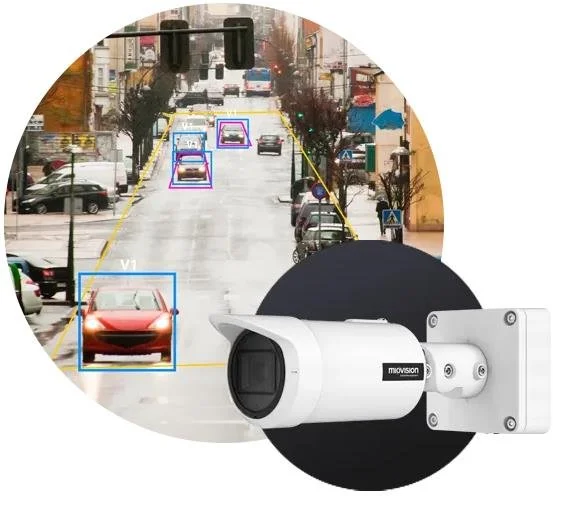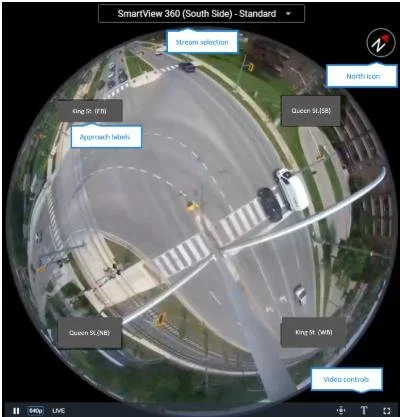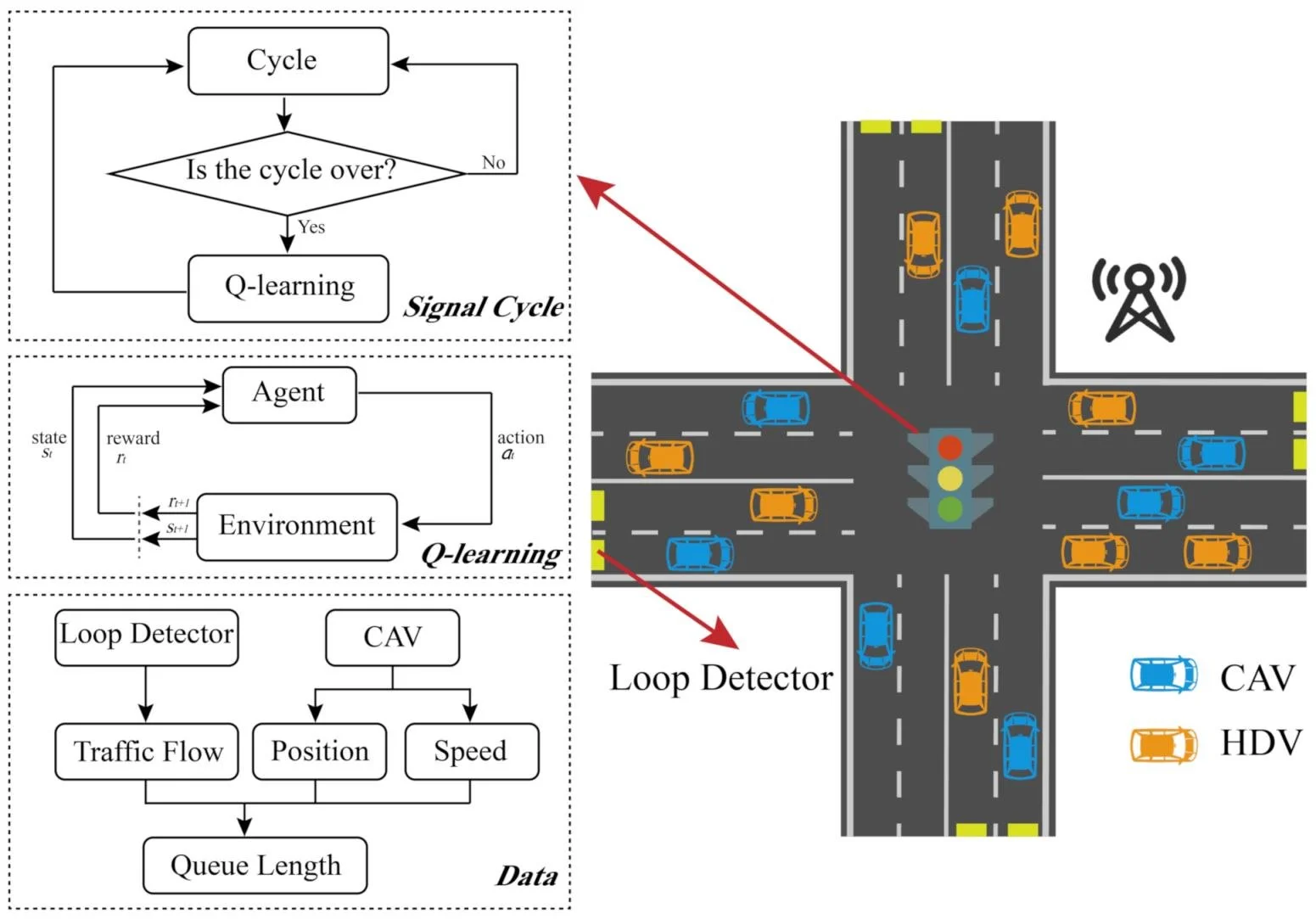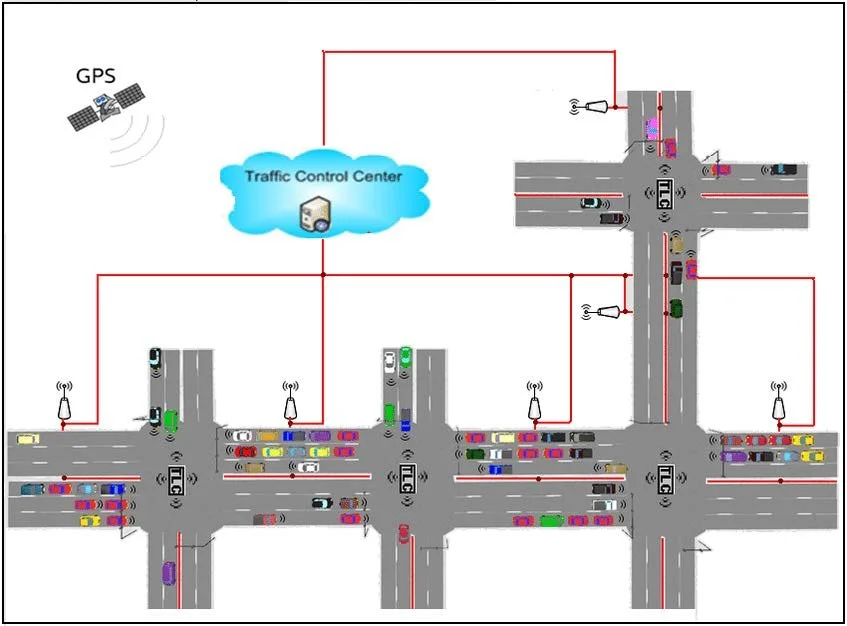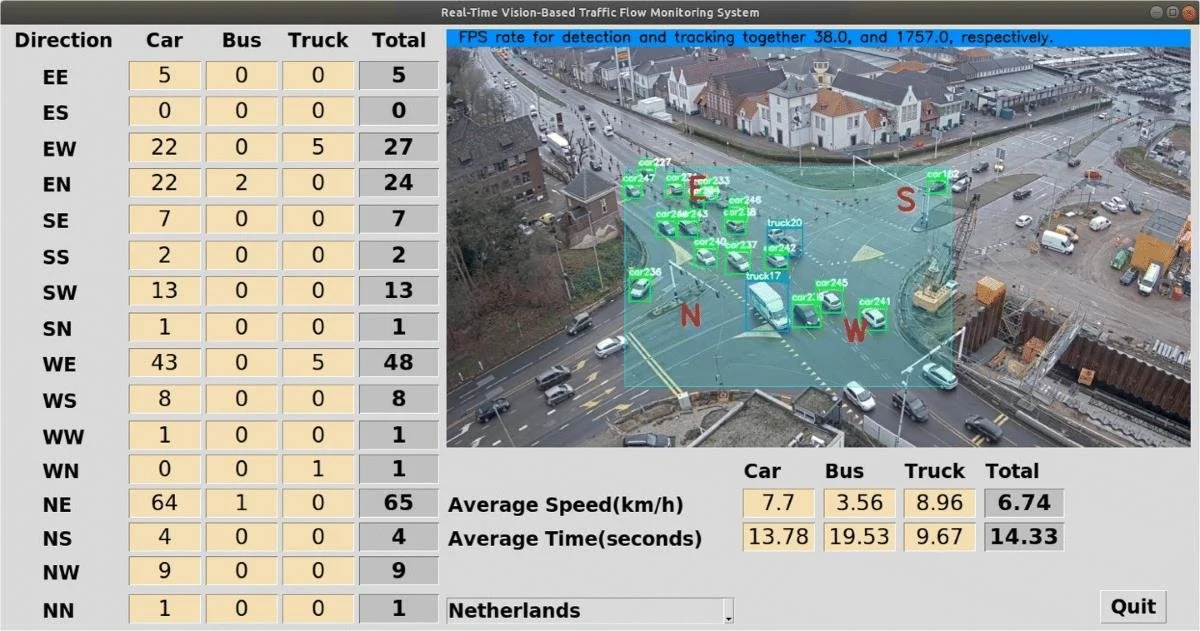Operations
Operations involve managing traffic flow and safety through tools like Miovision Cameras, adaptive signal control, and real-time traffic monitoring to optimize performance for all modes of transportation.
miovision cameras
Cameras used to capture and analyze traffic patterns through video, supporting traffic studies, signal optimization, and intersection monitoring.
Costs
Ranges from $3,000 to $37,000 depending on the system and installation, plus additional processing and service fees.
Key Considerations
Cameras must be installed to minimize obstructions and glare
Availability of poles for mounting and access to power
Proper camera height for accurate data collection
Pros
More efficient data collection
High data accuracy
Cons
Cost
Public concerns or inquiries
Representative Use Cases
Detroit, MI
Field Conditions
Ideal for collecting traffic data and monitoring conditions at intersections and along roadways. Cameras should be mounted perpendicular to the roadway, within 12 feet of the road, and have a clear, unobstructed view.
adaptive signal control
A smart traffic system that automatically adjusts signal timing in real-time based on current traffic conditions to improve flow and reduce congestion.
Costs
Ranges from $6,000 to $60,000 per intersection, depending on the system and features.
Key Considerations
Accuracy and reliability of traffic detection equipment
Resources required for setup, operations, and ongoing maintenance
Choice of algorithm that determines signal timing adjustments
Operational support and staff needed to manage the system
Pros
Improved travel time and congestion
Enhanced safety
Cons
Complexity of the system
Potential impacts to non motorized users
Representative Use Cases
Mercer Street corridor, Seattle, WA
Field Conditions
Ideal for locations with highly variable or unpredictable traffic patterns, such as downtown street grids, tourist areas, event venues, and arterial roads with high crash rates.
real-time traffic monitoring
Technology and systems used to continuously track and manage traffic conditions in real time, helping to optimize vehicle flow and reduce congestion.
Costs
Typically ranges from $6,000 to $50,000 per intersection, with annual maintenance costs up to approximately $8,000.
Key Considerations
Clearly defining the goals of the monitoring program (e.g., congestion reduction, safety improvements)
Choosing the right tools and technologies for effective monitoring
Setting up key performance metrics to track traffic flow and incidents
Establishing procedures for how to respond to issues or changes in traffic conditions
Pros
Proactive issue resolution
Efficient resource allocation
Better understanding of network activity
Cons
Potential for reliability issues
Calibration issues can lead to data inaccuracies
Data/cybersecurity
Representative Use Cases
Windsor, Ontario, Canada
Field Conditions
Requires a strong and reliable technological infrastructure
Needs access to high-quality, accurate traffic data
Depends on efficient communication networks for real-time updates
Best suited for areas with variable and changing traffic patterns


